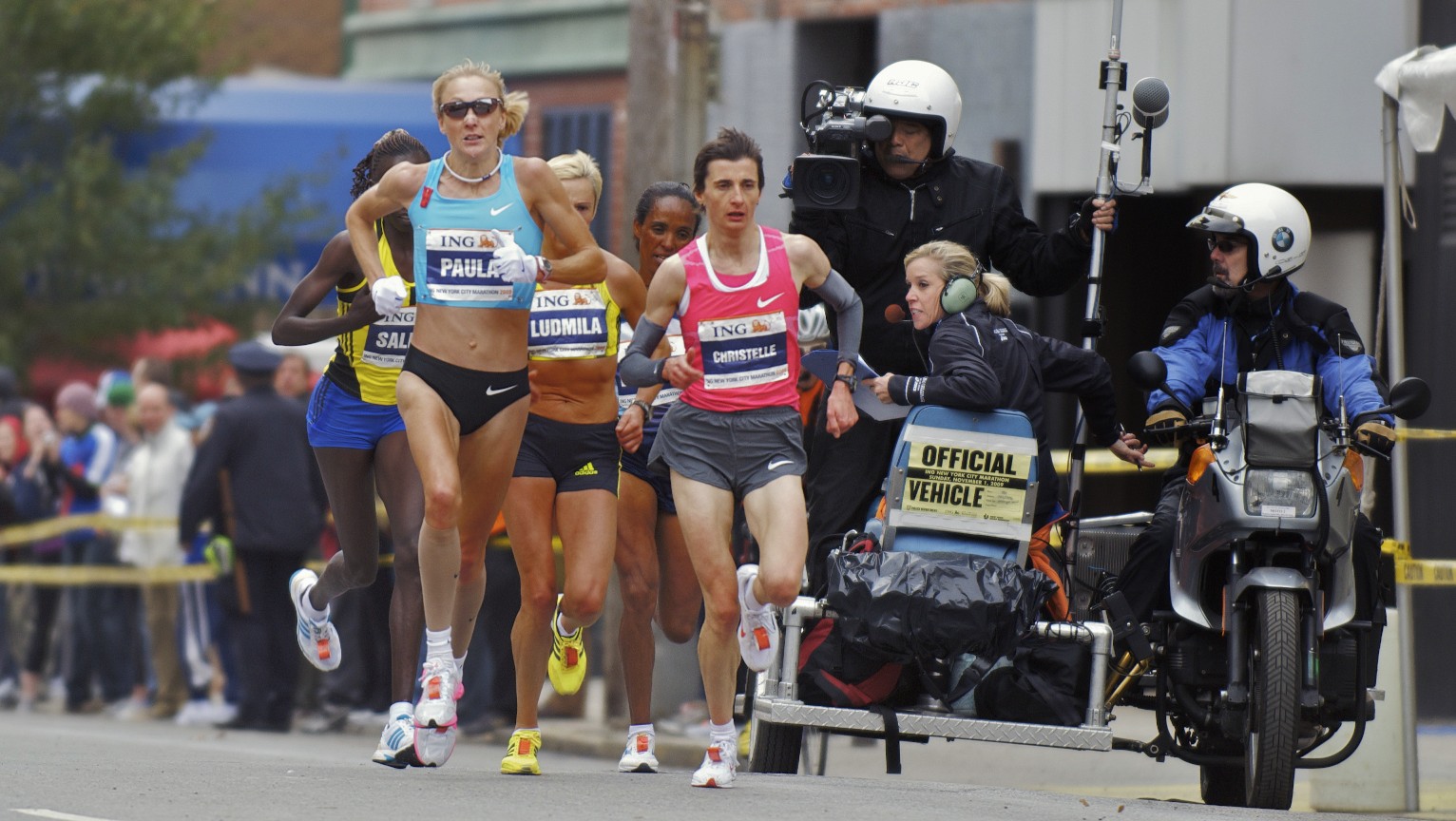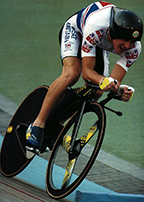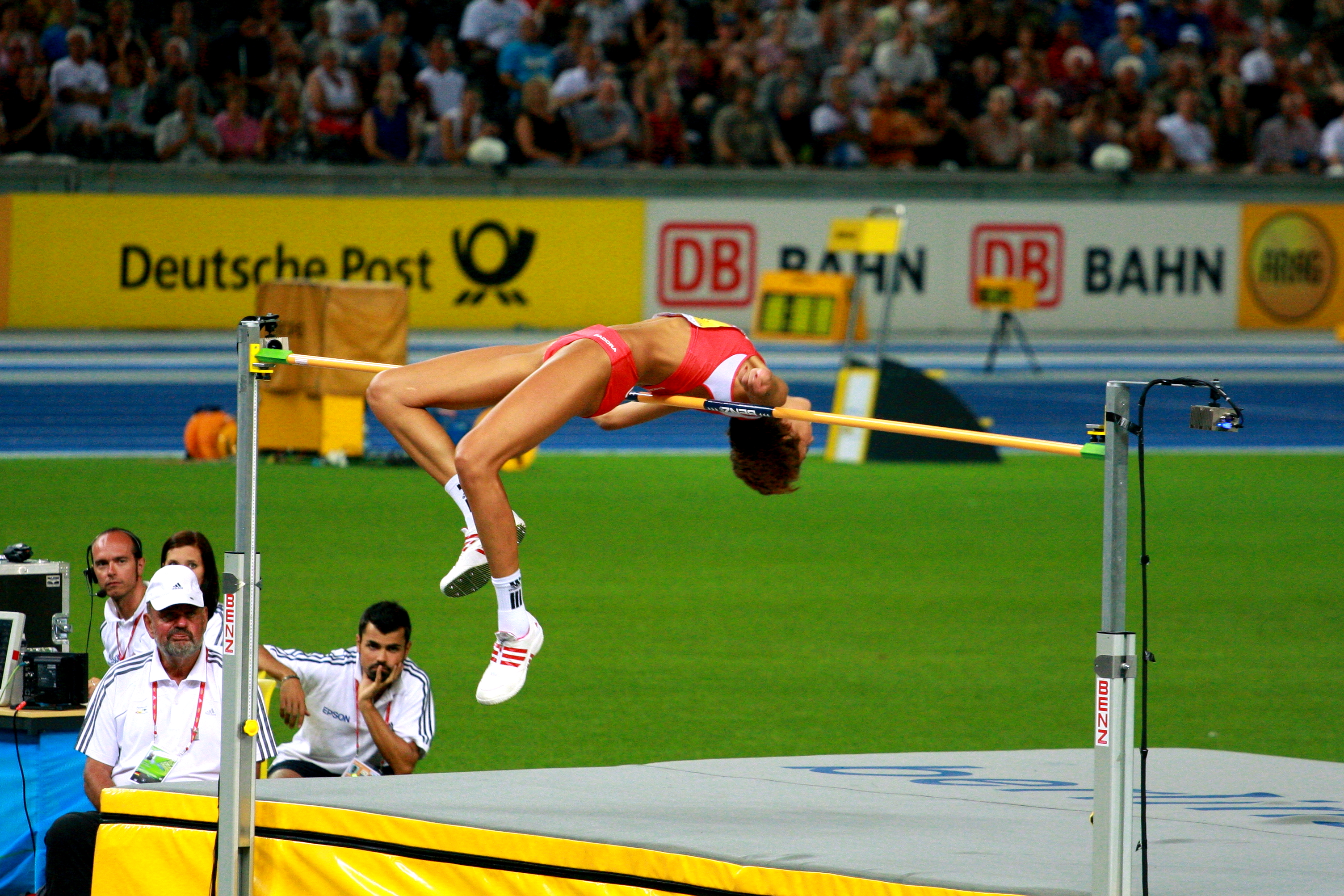British World record holders
When you think of World records everyone’s interpretation differs. For me, it is often athletics that springs to mind.
Starting close to home what can we learn from two longstanding British World record holders: Jonathan Edwards (Triple Jump WR, from 1995) and Paula Radcliffe (Marathon WR, 2003). First, rules and norms very much determine what represents a record. To its shame the IOC only introduced Radcliffe’s event, the women’s Olympic marathon, in 1984. This stimulated more athletes to train for this distance. Since then women’s times have markedly improved by 6.2% (compared to 5.0% in men). Radcliffe’s record was set in a mixed sex race and so the record books also have another ‘women only’ race record, 96 seconds slower. For Edwards, earlier in the summer of 1995 he jumped 14 cm longer than his World record but a hair’s breadth, 0.4 m/s, of breeze meant it was above the wind assistance threshold. I have written in detail about Edwards 24 year old record with archive video clips here).
 Current World record holders Paula Radcliffe.
Current World record holders Paula Radcliffe.
The impact of technology hardware on World records
The second learning is that rules are often introduced to limit technological advantage. Athletics appears a relatively technology free sport, but advances in shoe, track and starting block technology have all partly contributed to improvements in times. But this is even more pronounced in swimming. In 1976, the introduction of gutters on the side of the pool that allows small waves to splash off rather than rebound saw the 100m freestyle (men/women) record drop by 3.3/1.0% in one year. Another dramatic fall came with the introduction of full-body and low-friction swimsuits in 2008 which were subsequently banned.
It is in cycling that we can most easily quantify the impact of technology. In 1997 the Union Cycliste Internationale, (UCI) felt that technology was affecting international cycling by preventing proper comparison of cyclists from different eras. In 1972 Belgian cyclist Eddy Merckx set the longest distance cycled in one hour (the ‘hour record’). The UCI in the years 1997-2014 decided that the hour record would only be valid if the cyclist used a bicycle with 1970s technology, as the image below shows.
 An Eddy Merckx bike from the 1970s.
An Eddy Merckx bike from the 1970s.
 Chris Boardman
This decision gives us the opportunity to see the true effect of technological advances on this record. In 1996, before the rule change, the British cyclist Chris Boardman set a new record using modern equipment, riding slightly more than 56 km in the one-hour period. This is now called the ‘best human effort’ record by the UCI. Then later he set it again under the new rules using 1970s equipment, this time riding only slightly more than 49 km. The difference in technology can be seen in the photographs above and to the right. The difference in performance was 14%.
Chris Boardman
This decision gives us the opportunity to see the true effect of technological advances on this record. In 1996, before the rule change, the British cyclist Chris Boardman set a new record using modern equipment, riding slightly more than 56 km in the one-hour period. This is now called the ‘best human effort’ record by the UCI. Then later he set it again under the new rules using 1970s equipment, this time riding only slightly more than 49 km. The difference in technology can be seen in the photographs above and to the right. The difference in performance was 14%.
In fact, Boardman’s one-hour distance in 2000 was only 10 m further than that set by Eddy Merckx almost 30 years earlier (0.02%). A new set of UCI rules now determines this event. Another Briton, Bradley Wiggins held the hour record, until it was broken by Victor Campenaerts in April 2019.
I have previously used the term ‘the global sporting arms race’ (Oakley and Green, 2001) to show how richer nations are able to invest in increasingly sophisticated training methods and support infrastructure to win records and medal table prestige. Technology is part of this arms race particularly in sport using equipment in which you sit down e.g. cycling, canoeing, rowing, sailing, wheelchair sport.
Drugs and gender definitions in sport
A third item is how records have social-cultural roots especially when it comes to drugs and current debates about more fluid gender definitions. Whatever one's anatomy or physiology it now appears some 1980s World records appear to be unreachable, particularly in shorter women’s athletics track events. Guess how many times, in total across events, the 100m, 200m, 400m and 800m World record has been broken since 1988? Amazingly it is zero. This is in comparison with identical men’s distances which together were broken 26 times in the same period. This starkly illustrates that these World records, set between 1983 and 1988, were either due to some exceptional athletes or those athletes may have possibly benefited from drugs and/or higher levels of testosterone.
None of these athletes tested positive for drugs but they were not subject to the same out of competition testing scrutiny as now, nor were their testosterone levels tested which is starting to be used, not without controversy, as part of a means to determine gender. Some organisations, such as European Athletics, claim the record books should be reset.
The problem of performance enhancement in athletics is not restricted to these events or to one gender but this striking statistic does illustrate a challenging period in objectively analysing the history of World records. The Ben Johnson (Canada) doping affair shook the 1988 Olympic Games whilst in the 1990s Eastern bloc state doping was revealed. Russian doping still remains an issue.
An expanding talent pool?
Something else has had an impact in addition to changing rules, technology and performance enhancement: more people taking part in sport around the World. In the 1968 Summer Olympic Games 112 nations competed, now the figure has almost doubled to 205 nations. As more nations begin to take top level sport seriously the talent and gene pool of those with exceptional physiology that may allow them to excel is being expanded to populations of people that weren't previously competing at all. Think of how standards in some sport have risen with the arrival of East African nations in the 1960-80s, China in the 1990s and other emerging Asian nations. More people competing, particularly women, is likely to stimulate standards to continue to progress.
Changing rules, changing technology and sports’ spread to new populations around the World suggests the anatomy of World records reveals as much about society as it does about human bodies.








Rate and Review
Rate this article
Review this article
Log into OpenLearn to leave reviews and join in the conversation.
Article reviews